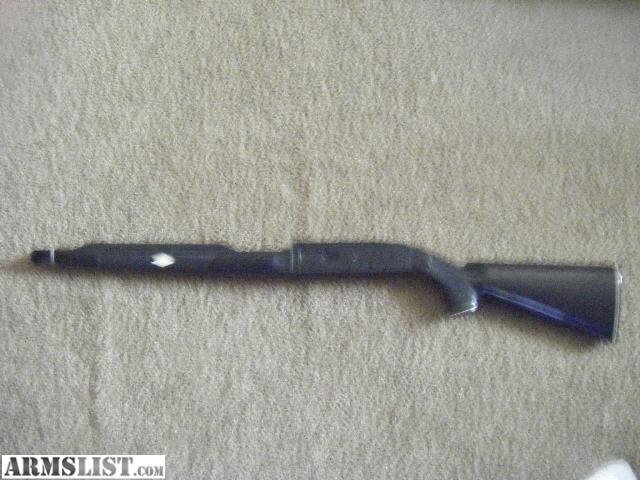
However, considering that the renewable food waste-based routes are still being developed, their commercialization should happen soon. The proposed pathways for the renewable production of adipic acid, HMDA, and ε-caprolactam are not yet fully competitive with petrochemical pathways due to higher costs and lower process efficiencies. Even though no commercially available methods to directly convert food waste into the target molecules exist, we have suggested emerging and promising catalytic routes via combined processes. The food waste-based routes to the target compounds are analyzed separately and compared to conventional petroleum-based routes. This review assesses catalytic productions of these three monomers from food waste. Nylon 66 and nylon 6 are synthetic polymers that are widely used in daily life, synthesized by polycondensation of adipic acid and hexamethylenediamine (HMDA) and by ring-opening polymerization of ε-caprolactam, respectively. ( The unpasted holes were from my 1906 Winchester pump).Renewable chemicals, which could potentially replace crude oil-derived chemicals, have been receiving increased interest due to their environment-friendliness (i.e., carbon neutrality). The pasted holes were shot at 25 yards with Golden Bullets, 4 shots out of 5 touching. There are a couple videos by a guy named Louie Magoo that are really good if you have the need to break it down further. It's easy to take the barrel off and slide the bolt off for a good cleaning, but going beyond there is a bit difficult. I just got some RWS HP's in Subsonic and high velocity that I will try. It does well with Remington Golden Bullets and Mini-Mags. I also put a tritium tube in the front sight. I put a Williams peep on mine, but it was a bit too high for the front sight, so now it has a Skinner peep. It had a really bad 3/4" tube scope on it which I tossed, and was missing the front sight, but front sights are easy to get. No way would I pay $400 or $500 for one, but I found one in pretty good shape for $175. I was wanting one a few months ago and was amazed at what they are bringing now. I can't remember why I traded it off, but missed it every since. A couple new scratches on the stock, but it was fine otherwise. Mine got ran over one night in Southern Nevada while several friends and I were rabbit hunting. Quicker to reload it to capacity than putting some in the mag, working the bolt to chamber one, then opening the mag tube again to put the last round in. 22 round against the bolt, and when you work the bolt the round chambers perfectly every time.

One thing that's cool about the 66 ( and the 552) is you can lay the rifle on it's left side, lay a. They point great, and have some decent iron sights. The nylons just work way better than you'd expect from a toy feeling rifle.

Never, ever failed and pretty accurate as long as you didn't grip it hard way out on the end of the stock. The one I had in high school was a constant companion in my little fishing boat and on camping trips. I wasn't too thrilled when I was issued a "plastic" rifle, the M16, when I enlisted, but I never felt the same way about the Nylon 66. The nylons were quite innovative and radical for the late 50's when they were introduced.


 0 kommentar(er)
0 kommentar(er)
